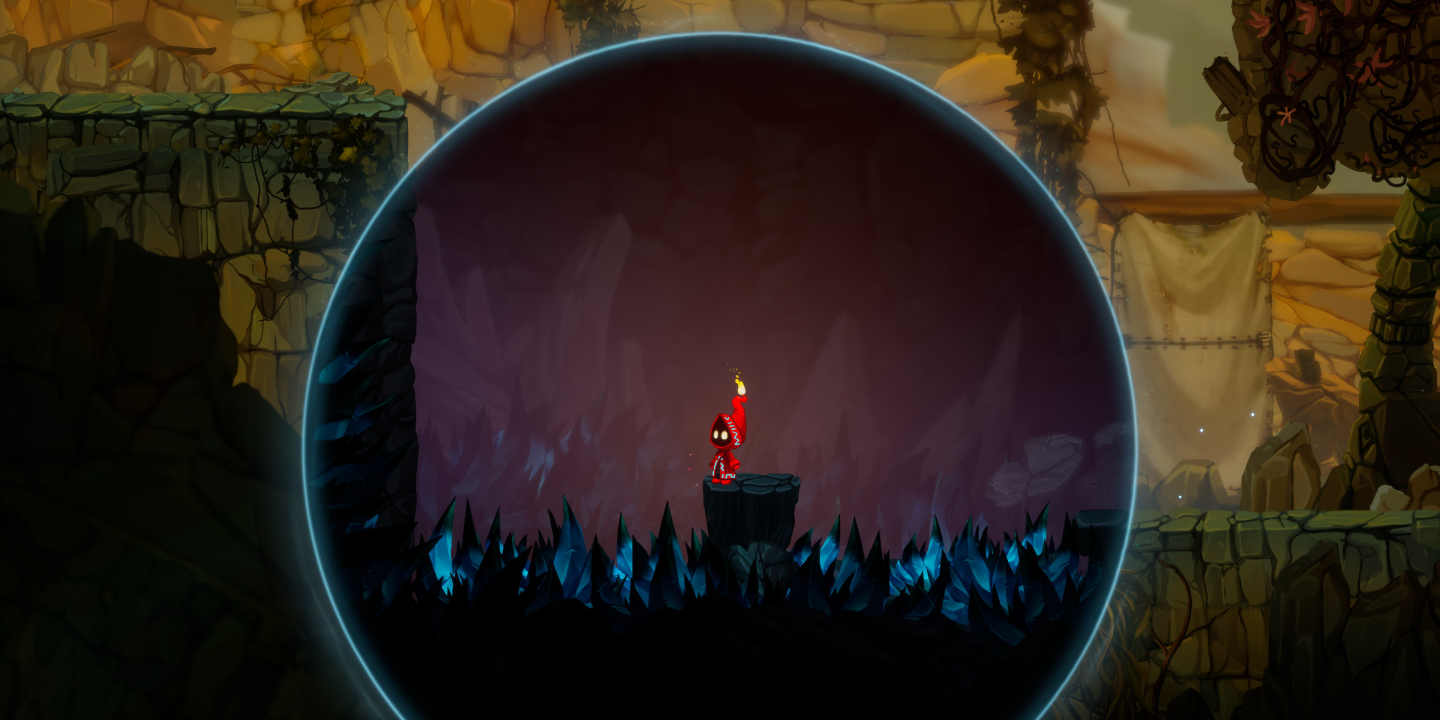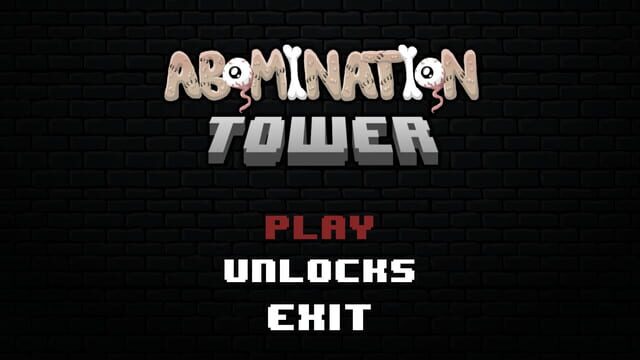

Plus, after a while, you can freely warp to any of the teleportation stones you come across, which makes getting around easy. Unbound: Worlds Apart can be fairly challenging at times, but checkpoints are so common that this isn’t often aggravating. It got me in a fair amount of trouble from time to time. They’re responsive and dependable, although the input for the double jump honestly feels a bit too sensitive to me. However, the controls are superb for the most part. The general movement mechanics are nothing we haven’t seen before. Finally, you’ll get an air dash, followed by the double air dash. Soli also gets other abilities, but these are purely basic Metroid-like standards. Nothing wears out its welcome and the game continues moving at a brisk pace. The way Unbound: Worlds Apart changes from section to section gives it a constant feeling of variety. Then there’s an area that takes place in the dark, and your portal will automatically expand around you to show your surroundings but shrink back to nothing once you start moving. You’ll often need to use this to rapidly switch between the two pulls, which basically allows you to fly.

But then you get to another area and what the portals do completely changes, and will instead invert gravity. Other games have also done the above and, while it’s good in Unbound: Worlds Apart, that doesn’t make it all that easy to recommend. If Unbound: Worlds Apart had solely been this one mechanic, there wouldn’t be anything too noteworthy here. Soli can only take a single hit, whether it be from foes or environmental hazards. For example, some enemies don’t have physical forms in one pocket, but will then show up and ruin your day in the other. Enemies within the pockets will often change into much more dangerous adversaries when you switch. Switching to a different world pocket creates platforms and things like that.

This creates new geometry and backgrounds, as well as changes the enemies. The first portal effect causes the world around you to change within the pocket where you summon the portal. I’m not sure what the right word would even be, considering how variable the effects are. But “portal” really isn’t the right word. During the intro, however, they get the ability to use portals. When you first start the game, Soli can only jump. In reality, the game is divided into three areas: the forest, the desert, and the dark, evil very bad not-at-all good place where the evil lord of evil awaits. Unbound: Worlds Apart is billed as a bit of a Metroid-like, but that’s only partially accurate. I feel like I’m coming across as a bit harsh in these first couple of paragraphs, so I do want to make it clear that I don’t have much of an issue with these generic aspects of Unbound: Worlds Apart, as this is very much a game worth playing for the gameplay alone. The different areas feel distinct enough that I didn’t find myself getting lost or confused. The art does look quite nice, though, with a lot of vibrant, colorful locations and fluid vector art. The presentation is similarly generic, with lots of familiar fantasy locations and characters. There’s a bad ending and a good ending, but the good ending requires a fair amount of extra legwork that not everyone will want to do. The story is the weakest aspect of the game. You meet some great mages who assist you, but these adults are truly negligent.
Unbound worlds apart endings how to#
An evil being is running amok and, for some reason, it’s up to a child that learned how to use portal magic a day ago to save the world.

Unbound: Worlds Apart puts you in the shoes of a Soli, a child whose village is destroyed by evil forces. The premise and visual style aren’t particularly unique and the game’s final section can be an annoying pain, but this is a great choice for fans of clever platformers. Unbound: Worlds Apart might seem like a completely basic, overly familiar game at first blush, but it’s actually a tightly designed, captivating experience for its brief duration. When I first started playing Unbound: Worlds Apart, I rolled my eyes and thought, “Great, this again.” But then the game pivots. There are a lot of puzzle platformers about switching planes back and forth to progress.


 0 kommentar(er)
0 kommentar(er)
